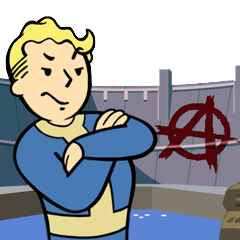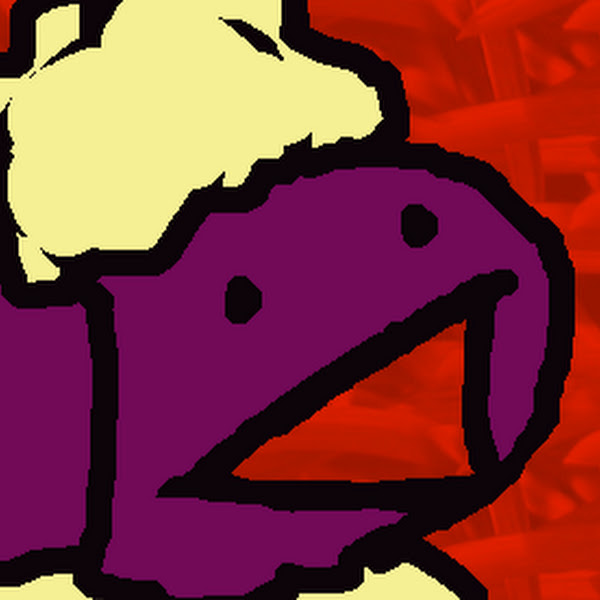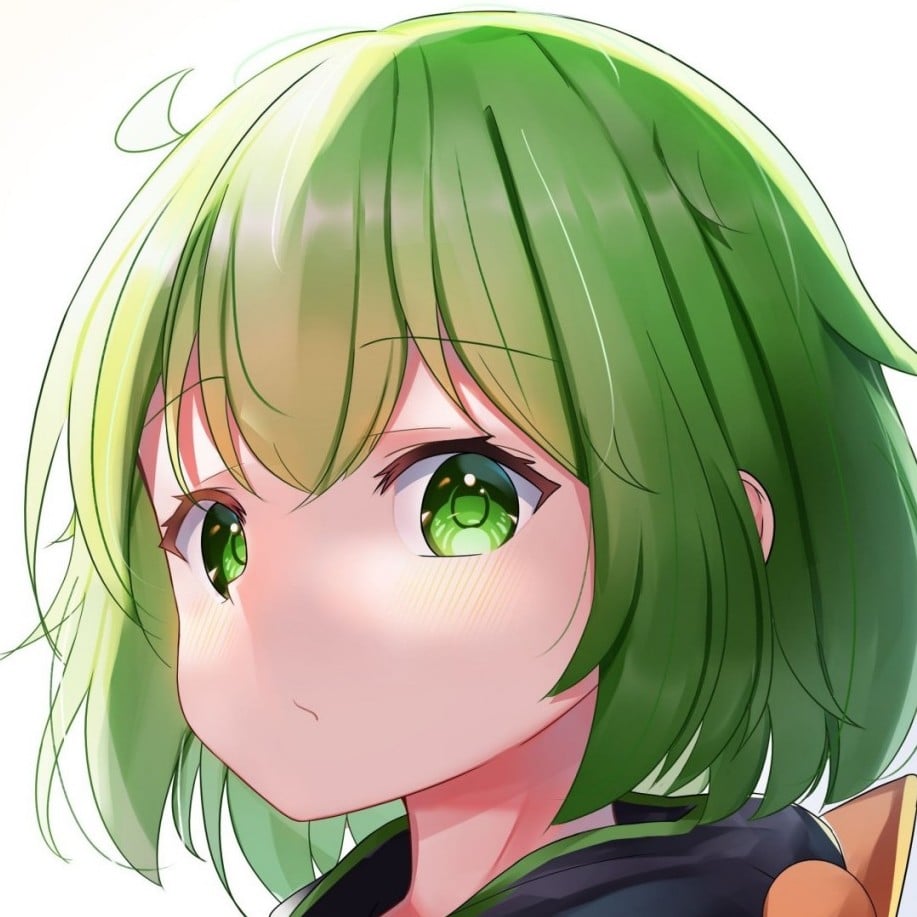0 ✊
1 👍
2 ☝️
3 👆
4 🖕
Hey, fourck you too, man.
Well, 132 you!
2guys, or I’ll0you both!1?Why did 2 break up with zero?
Some 1 got between them!
6 ✌️
17 🤙
18 🤘
19 🤟
28 👌
31 ✋
1 👆
2 👆
3 👆
4 🖕
5 🖕
6 🖕
If you count in binary you can get to 31 on one hand, and 2,047 on two hands
I’m not flipping you off, i just counted to 4
19 is the rock and roll symbol
22 is the shocker
Assuming you use your thumb as the first bit
I taught my kids how to do it and for a while they’d tell each other to binary four off
My seven year old did something similar. At least once a day I’d hear ‘Dad, Dad, I’m counting to four!’ and see the little shit flipping me off and laughing hysterically :D
It really turns into Naruto style ninjitsu.
counting != indexing
^^
Nah. 1,2,4,8,16… or 1, 10, 100, 1000, 10000, depending on how you look at it.
You use more than one finger at once.
I don’t know many people who count like 👍☝️🖕, so you kinda already do. You’re just allowing more combinations
Good point.
Someone is confusing indices and cardinality.
Base 5 is based
The French used to count in base 20 (so that means both hands and both feet), which is why they read 97 as quatre-vingt-dix-sept, ie
4*20+10+7.One of the reasons why I hate learning French so much.
Don’t you mean base 10?
Also, clearly seximal is the best
Binary is better than seximal, unless you rig the tests.
coworker taught me this and it blew my mind. I had previously jokingly used base 2 with my hands, but something like 01001 10010 would be difficult to handle.
Base 2 should be easy to add, but it requires effort to convert
It gets easier with practice
If you count finger joints and tips, using your thumb – you can count in hex (base16) on each hand.
🤯 wow, that’s a neat idea! That might come in handy some time 🤔
“Please count to 10.”
“… um, I’ve run out of fingers.”
You only need two fingers for that though
THERE ARE FOUR LIGHTS!
0; 1; 2; 4; 8
I’ve watched Inglorious Basterds I’m not falling for that trick
0 1 10 11 100I literally did this the other day… to be fair, it was a list starting with the number zero.
0, 1, 2, 3, 5, 8, 13, 21, etc.
Haaaaaang on is that why we start on 0…
No. We count start at zero because the array already starts with an element of a specific size. Starting at 1 would always skip that initial element.
You could have “empty arrays” in a language if you wanted. The real reason is that you start with an offset of zero as you read an array from memory at hardware level, and so this way address is just “start address + element size * element number”.
No, we start counting at one. We start indexing at zero.
An array with one element has an element count of 1, and that element would be at index 0.
This is how we end up with off-by-one errors
Because if you convert it back to binary, you have 0x0000 and that is one extra bit you can use instead of limiting your available values.


















